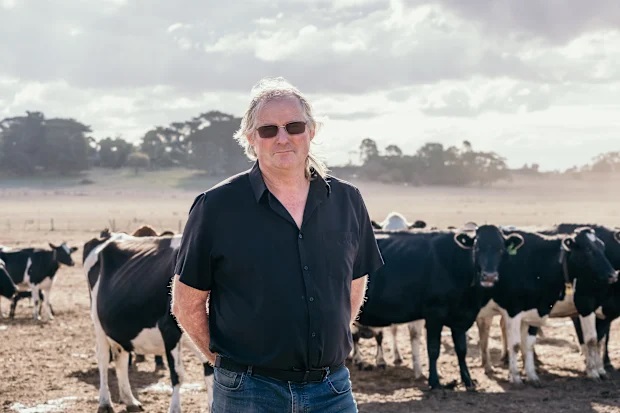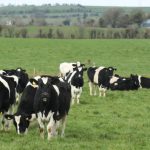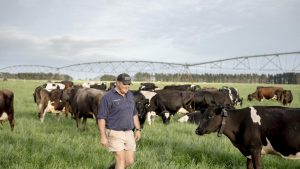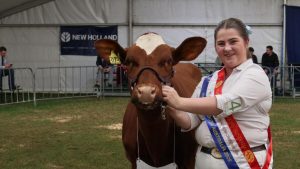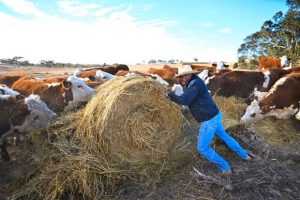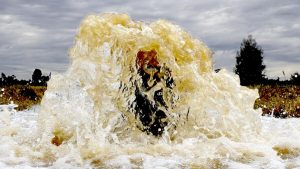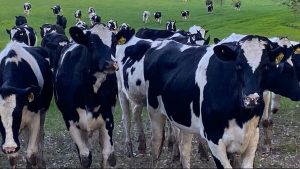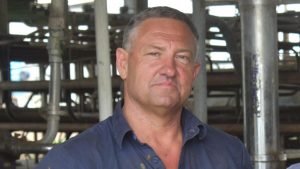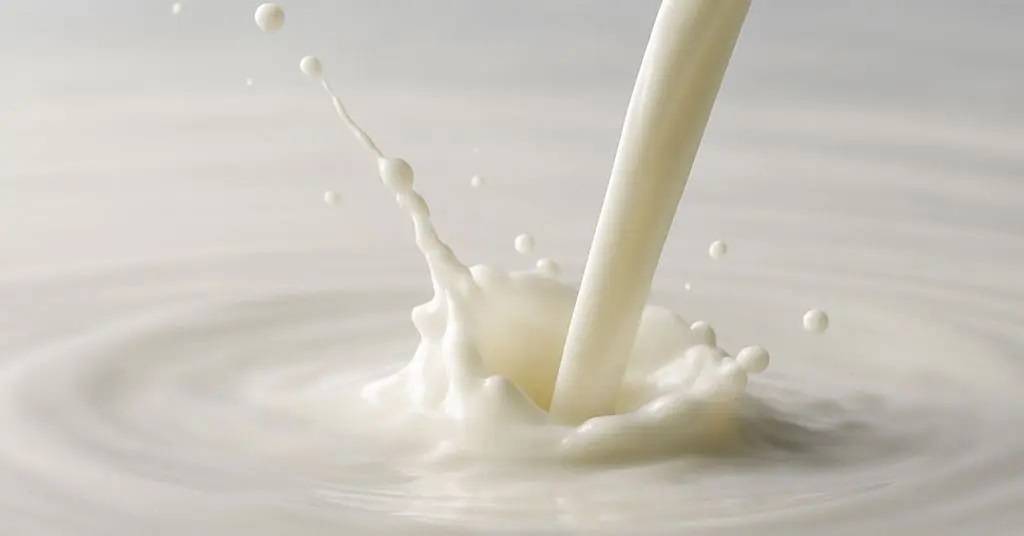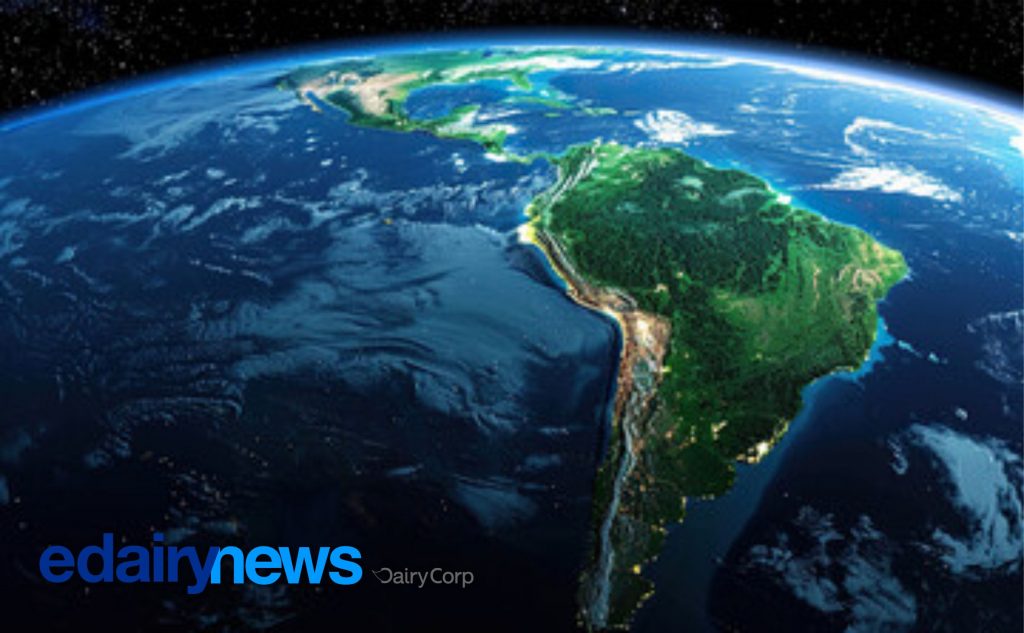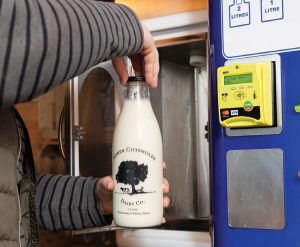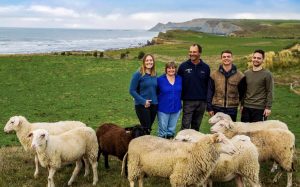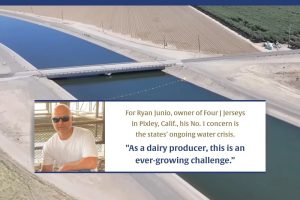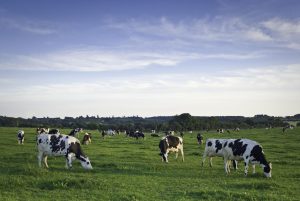
South-western Victorian dairy farmer Bernie Free says he has not seen a drought this bad in his neck of the woods since the late 1960s.
Farmers in South Australia and Victoria who spoke to The Australian Financial Review are being forced to buy hay from NSW to feed their livestock, while wait times have doubled at abattoirs for those who have made the tough decision to cull animals to save the best of their herd.

Free has about 600 dairy cows on his 520-hectare property at Winslow, near Warrnambool. The 60-year-old grew up listening to stories about the region’s 1967 drought and, for the first time in his life, people are saying things are as bad or even worse now. A Bureau of Meteorology spokesman confirmed that the past two years to April were the driest on record for Winslow since records began in 1900.
Free has already sent off a large portion of his beef cattle, which he considers a side project, to the abattoir and has been told the wait time had jumped to two weeks as more producers look to offload livestock to save on feed.
“We’ve got rid of all the stock we can,” he said. “I’ve farmed here for 35 years and this is the worst drought I’ve ever been through.
“We’ll end up with a few less cows, which means there will be less money coming through the door. But hopefully, there won’t be nearly as much going out the door in hay and grain.
“This isn’t just a farming issue, it’s a problem for the community because agriculture starts a lot of the spend in these towns. If farmers aren’t spending in Warrnambool, no one is spending.”

Adelaide has received just 300 millimetres of rain since February 2024, making for the city’s driest 15-month spell since records began in 1839, according to the ABC. That shortfall is being felt across the state’s prime agricultural land, as well as western parts of Victoria and Tasmania.
Melbourne, meanwhile, has recorded the biggest annual drop in water storage since the Millennium Drought, which prompted the Victorian government to place a desalination order in April for 50 gigalitres of fresh drinking water.
Victorian Farmers Federation president Brett Hosking said dams across the state’s west that were full 18 months ago were now dry.
“Conversations are being had around kitchen tables about how what can we sacrifice to keep the best livestock? It’s less about producing the maximum amount of milk or beef, but how do we hang onto our core genetics and breeding stocks,” Hosking told the Financial Review.
“That’s a huge call some people have to make – essentially switching from being a productive farmer to a survivalist.”
Commonwealth Bank agricultural economist Dennis Voznesenski said the one small silver lining for drought-stricken farmers forced to send their livestock to the abattoir was that beef prices were being pushed higher.
This is for two reasons. First, the United States has strong consumer demand but is facing a multi-decade low in its own cattle herd after years of dry conditions, which means it needs to import more from Australia.
And second, China has still not renewed export licences to about 300 abattoirs in the US, meaning beef exports to China have all but ceased despite the two superpowers agreeing to slash tariffs for 90 days.
Voznesenski said it had triggered a surge in Chinese demand for Australian grain-fed beef, with data from Meat and Livestock Australia showing 21,885 tonnes were shipped to China between February and March, up nearly 40 per cent from a year earlier.
“Farmers would, of course, prefer not to sell their livestock, but offshore demand creates a small positive,” the economist added.

Isaac Hill, president of the Wagga Selling Agents Association, told the ABC that farmers in parts of Queensland and western and northern NSW who had enjoyed strong rainfall were buying livestock from drought-stricken producers in the south who could not hang on any longer.
As a result, the Wagga Wagga saleyards had double the average number of cattle, with more expected to come.
In South Australia, dairy farmer Robert Brokenshire, 67, said even the scrub – or native vegetation – was starting to die off.
The former state MP said dairy farmers in South Australia were looking at paying up to $720 a tonne to buy feed from NSW. Many of them need 40 tonnes a week, making for a $30,000 weekly hit to the bottom line. Brokenshire estimates the drought will cost the state billions in lost production.
“Feed is becoming incredibly expensive,” he said. “This is probably the worst drought in South Australia for 100 years. It’s affecting every commodity sector – dairy, beef, sheep and grain.”
Vitor Pistoia, a senior grains and oilseeds analyst at Rabobank, warned the drought in the southern states could result in a drop in canola crops, though wheat and barley could fare better because they can act as a substitute for canola. He said fava bean production could also be affected.
You can now read the most important #news on #eDairyNews #Whatsapp channels!!!
🇺🇸 eDairy News INGLÊS: https://whatsapp.com/channel/0029VaKsjzGDTkJyIN6hcP1K
